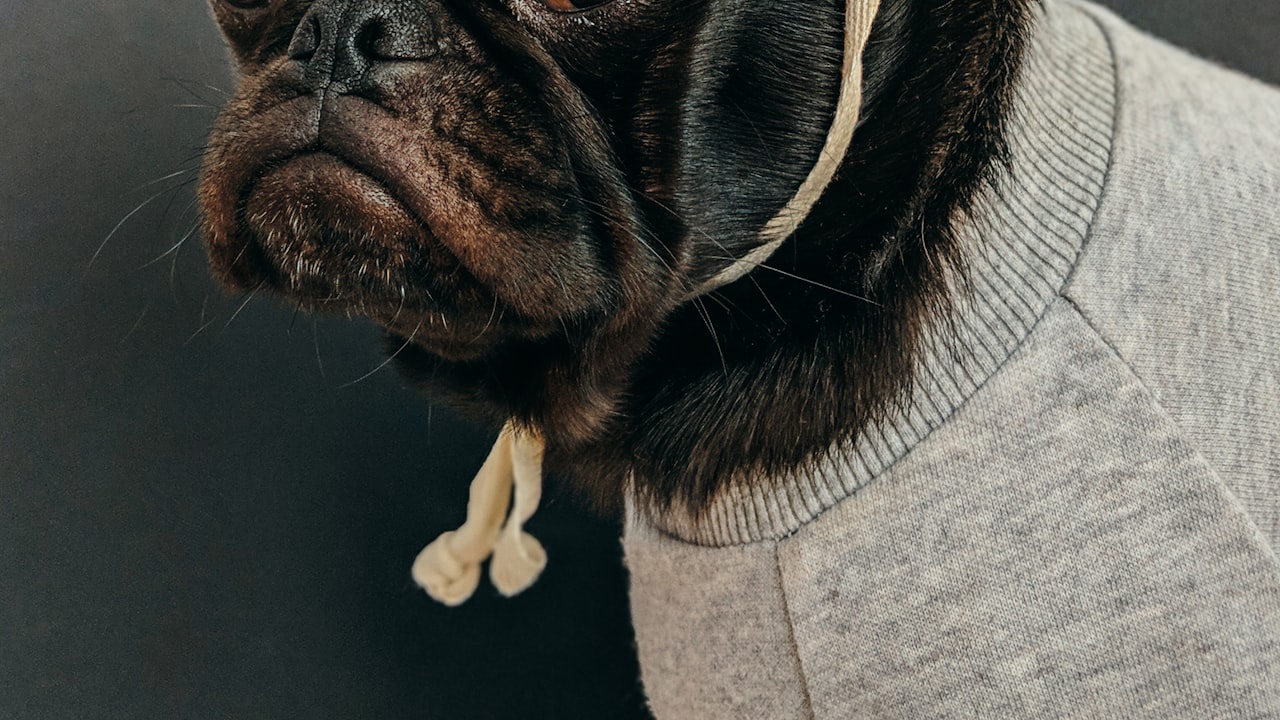The best way to make your walk with the pup more safe and comfortable, is by using a dog harness. The wide straps can help buckle them into place so you won’t have trouble getting situated as well-anwhile their no pull back clip will prevent any pulling!
No-pull dog harnesses have a back-clip
A no-pull dog harness can help you reduce your dog’s pulling behavior when you take it for a walk. It works by preventing your dog from pulling when he gets excited. When he pulls, you need to be consistent and walk in the opposite direction. Once your dog learns to walk without pulling, you can reward him with treats or verbal cues.
Another great feature of a no-pull dog harness is the handle, which gives you additional control over your dog. A good harness comes in different sizes and can make a significant difference in the behavior of your dog on a walk. It also helps to improve overall training. There are 19 books by a professional dog trainer that will help you train your dog to behave properly.
Wider straps make a harness more comfortable
Choosing a dog harness that’s comfortable for your pup is essential for a good fit. You can find dog harnesses with wide straps that can fit your dog perfectly. You can also find ones with extra padding for maximum comfort. The straps of a dog harness should be comfortable for your dog to wear during walks.
Having wide straps on a dog harness is important, because they help to distribute pressure and avoid chafing. You can also purchase harnesses that have cushioned chest pads for your dog’s comfort. These can make a dog harness more comfortable for walks, especially if you have a large dog with a large chest.
Rewarding good behavior with a harness
Rewarding good behavior with a dog leash and harness can help you both enjoy your walks. The first step is to get your dog used to wearing a harness. Whenever he behaves well, you should reward him with food or a treat. The next step is to use a leash that is at least five feet long and can hook onto the harness. You should also take treats with you on your walks, and give them as rewards when your dog is good.
If your dog is pulling on the leash or pulling at the leash, simply turn the leash around to make him go in the other direction. This will stop him from pulling and give him the chance to walk side by side with you. Then, give him a treat or praise for every step he takes in the direction of the leash.
Fitting a harness
If you are taking your dog for walks, you should ensure that he or she wears a harness. It should be snug but not so tight that it restricts joint movement or discourages shoulder movement. You can check the harness’s fit by sliding two or three fingers under it.
The first step is to introduce your dog to the harness gradually. Ask him or her to touch your hand with their nose, then slowly move your hand away to make your dog put their head through the harness. Repetition is key, and you should only force the dog to wear the harness after it has become used to it.
